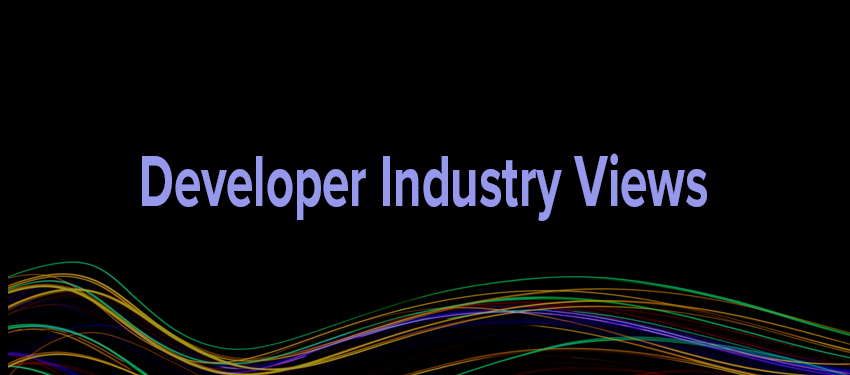Are you building a solution that needs to stream audio between two devices, a solution that needs to transfer data between two devices, a location services solution, or a solution where you need to have tens, hundreds, or even thousands of devices communicating with each other in a secure, reliable mesh network? In a recent interview with APPFORUM Europe presenter and industry expert Martin Woolley from Bluetooth SIG, he shares how Bluetooth direction finding enhances proximity and positioning.
Bluetooth location services have grown rapidly over the past few years, with industry forecasts predicting over 400 million products in this solution area shipping each year by 2022. To date, Bluetooth location services have fallen into two categories, proximity solutions and positioning systems and new Direction Finding is set to dramatically enhance these:
Proximity Solutions
Bluetooth proximity solutions determine the location of two devices that are within range of one another. By including new Direction Finding to proximity solutions the user will not only know when their property tag is nearby, but in which direction it is heading. Proximity solutions include:
Point of Interest (POI)
Point of Interest information solutions use small, battery-powered Bluetooth transmitters (beacons), deployed throughout facilities aimed at improving the customer experience. Beacons deployed in museums, for example, are used to provide visitors with more details on exhibits, whereas beacons in shops can provide users with additional product information.
Item Finding Solutions
A small battery-powered Bluetooth device, known as a personal property tag, can be attached to moveable objects such as keys or bags. The application on your smartphone can then listen for the radio sound of the tag and estimate how far away it is.
Positioning Systems
Positioning systems use Bluetooth to determine the actual physical location of a device using either real-time locating systems or indoor positioning to metre-level accuracy. By adding Direction Finding, these positioning systems will improve location accuracy down to a centimetre.
Bluetooth Real-Time Location Systems (RTLS)
Bluetooth RTLS solutions are positioning systems that are currently used for both asset and people tracking. They can be used to trace the positions of machinery, palettes and workers in warehouses or track ultrasound machines and patients in hospitals, optimising the response time in an emergency.
This is carried out through tags being attached to whatever is needing to be tracked, that will then transmit a signal back to a locator. The factors that come into play here include the floor plan of the building and the number of locators. Current standard Bluetooth RTLS solutions can provide metre-level accuracy from between one and 10 metres.
Indoor Positioning Systems (IPS)
Bluetooth indoor positioning systems power wayfinding solutions and are used to help people navigate their way through certain facilities. They work in the opposite way to RTLS solutions as they have Bluetooth transmitters instead of receivers, which are placed in fixed locations throughout the facility. Users then use an app on their smartphone to listen for the frequency of the locator beacon. The accuracy is dependent on the same elements as RTLS. With Direction Finding added however, this could become far more accurate.
Direction Finding Angle of Arrival and Angle of Departure
Using Direction Finding, devices will be able to gain information about the direction of another device through triangulation to improve location accuracy. Direction Finding uses two methods to determine the direction of the Bluetooth signal, angle of arrival (AoA) and angle of departure (AoD). The AoA method of direction finding is intended to be used with RTLS, item finding and PoI information with location services. AoD is intended for use in IPS solutions like those used for wayfinding.
Put simply, by adding Direction Finding, Bluetooth proximity solutions can add directional capabilities while Bluetooth positioning systems can improve location accuracy.
To learn more , REGISTER for APPFORUM Europe from 4th– 6th June 2019 and hear from Martin Woolley, Developer Relations Manager, EMEA at Bluetooth SIG who will be presenting on this topic.
Join our Zebra Developer Community and receive the latest developer News, Events and Webinars
Posted by Stacey Kruczek in Community on Apr 2, 2019 1:44:59 PM

